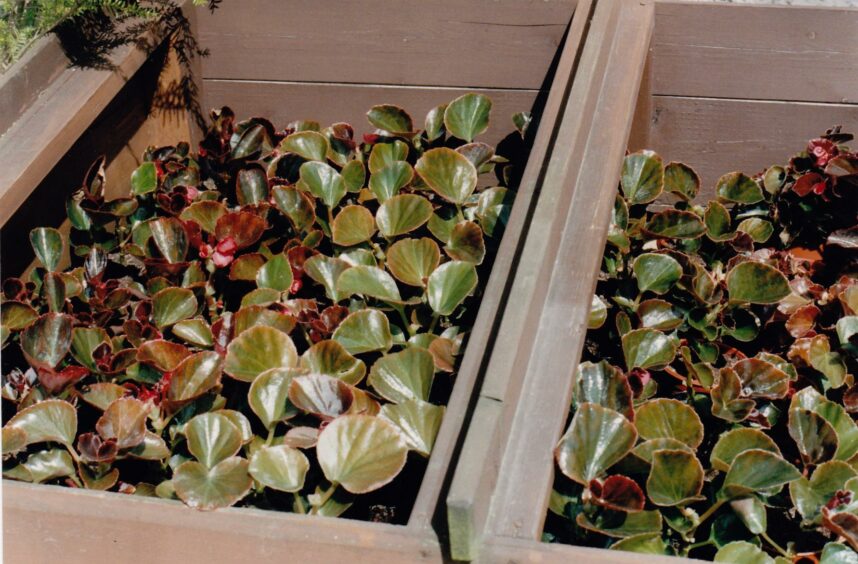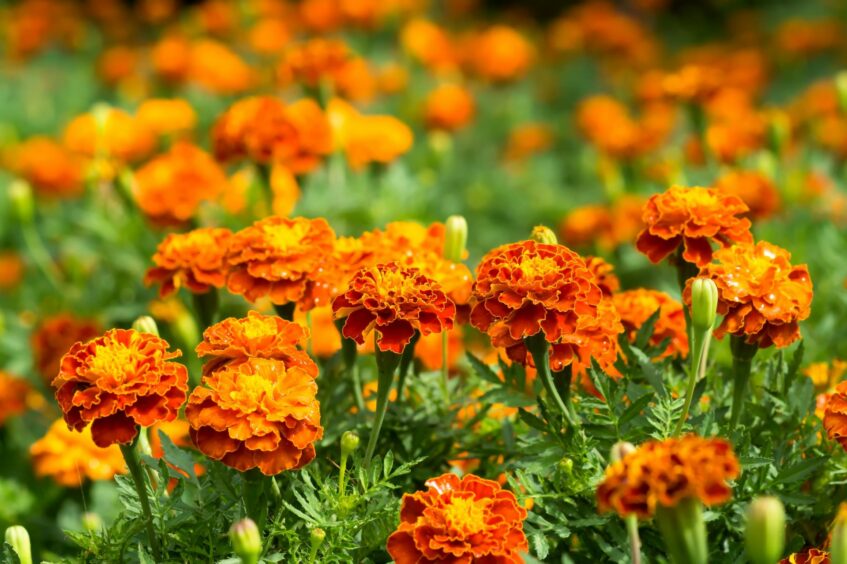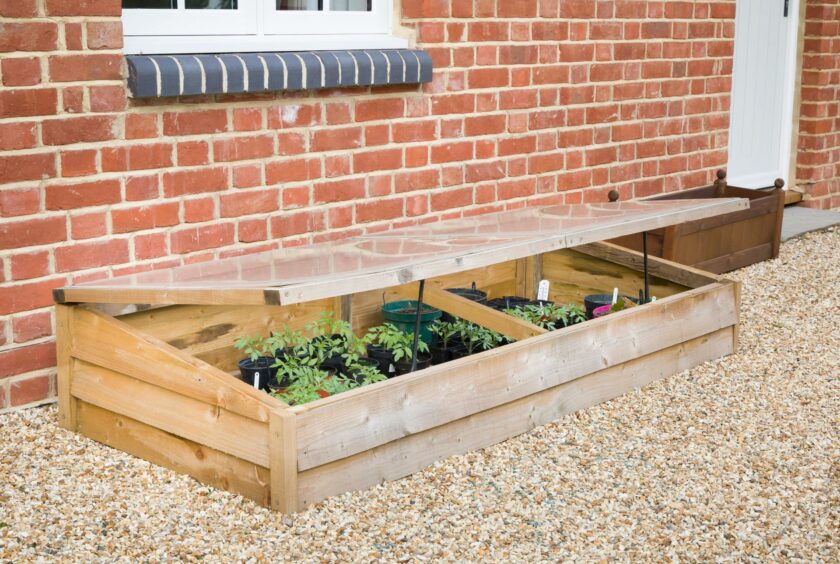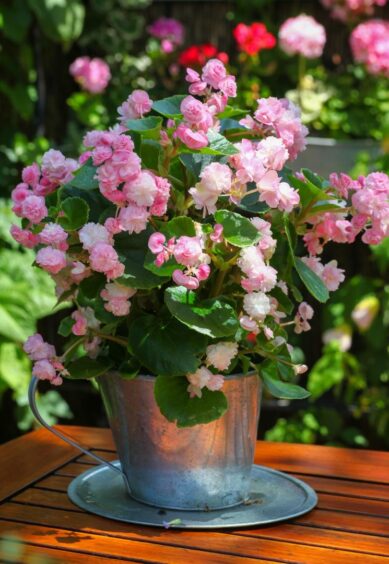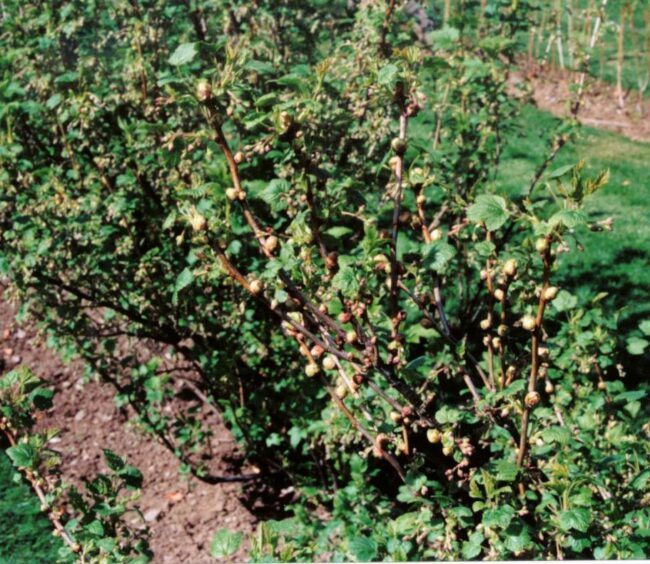Regular visitors to garden centres will know that some summer bedding plants have been on offer since late February.
At that time you could have bought seedlings, just ready for singling out, referred to as “pricking off”, into cells or individual pots.
You could also have been tempted to buy some plants in mini-plugs which were ready to be moved into a bigger volume of compost.
By now, still protected from late frosts, they will have developed into sturdy and healthy specimens.
This is the “hardening off” period when professional growers will have their plants in cold frames with lids that can be removed during the daytime and pulled back over the plants when a cold night is forecast.
We still have a week or two to wait before these bedding plants can be safely planted into their flowering positions.
Liquid feed
In the meantime, be aware that they may actually be in danger of “running out of steam”.
In other words they may need a weak liquid feed so that, when eventually planted out into a bit of decent soil, they will “take off” and fill their allotted spaces quite quickly.
Some types, like French Marigolds, will tend to stretch upwards to the light, which results in them producing a measly little flower on top of a thin spindly stem which will slow down the development of side shoots.
Nip that flower off, indeed if ANY of your plants are beginning to look “leggy” – nip the tops out to encourage the development of side shoots – the plants will soon fill out.
Right now, your little bedding plants with a small allocation of compost to contain the roots will be using up the nutrient FAST as the days lengthen and the temperatures rise.
Most of these plants will be in a soilless compost, and whilst the manufacturers say there is enough food in there for up to six weeks’ growth, I sometimes wonder.
Steady incremental growth is essential but, be careful, there is no way that you want the plants to grow so fast and soft that they become tangled up with each other and easily damaged at planting time.
The happy medium is to give them a sensible maintenance ration of liquid fertiliser. My suggestion would be a half-strength liquid feed applied every 10 days.
Back now to that point about removing premature flowers, as described, mentioning French Marigold, which has a built-in tendency to produce a single terminal bud, as a result, the vegetative growth will slow down.
Nipping out that first flower will encourage branching, and although that will slow down the appearance of the first bit of colour in your border, have patience.
Shortly, you will be treated to a blaze of colour as several flowers on each plant open up simultaneously, resulting in a much better display.
I think pinching out the growing tip whether it be a shoot or a flower is a price worth paying.
Some plants, like Impatiens (Busy Lizzie), will start to produce flowers as soon as the light is strong enough with no need to pinch out the growing tips, the plants do it naturally.
If they are still in the containers however, it does pay to remove dead flowers, if nothing else but to prevent the development of damping-off disease.
That mention of disease warrants a warning about another problem, very evident at this time of year, and that is Big Bud Mite affecting blackcurrant bushes.
The first sign of attack is the appearance of swollen buds on the stems, very obvious at this time.
Big Bud Mite
The problem is actually caused by a virus disease called Reversion which is carried from plant to plant by the Blackcurrant Gall Mite, hence the condition is commonly referred to as Big Bud Mite.
These microscopic mites are not the real problem, the virus is the nasty.
Infected growth is readily identified at this time because the buds fail to open fully.
The only method of containment is to cut out affected branches and burn them or, if there are only a few affected buds evident, pick them off and burn.
The virus enters the plant sap and begins to affect the growth.
Firstly, infected leaves become more simplified, producing fewer than the normal serrations of the leaf edges.
As the virus gains a greater hold, the growth becomes less vigorous and eventually less fruitful.
Regressed
Plants that have regressed to this stage should be dug up and burned.
There are no chemical cures.
If you do have to destroy your blackcurrant bush(es) you might consider replanting with the only variety said to be resistant to attack by the Big Bud Mite, aptly named Ben Hope.

